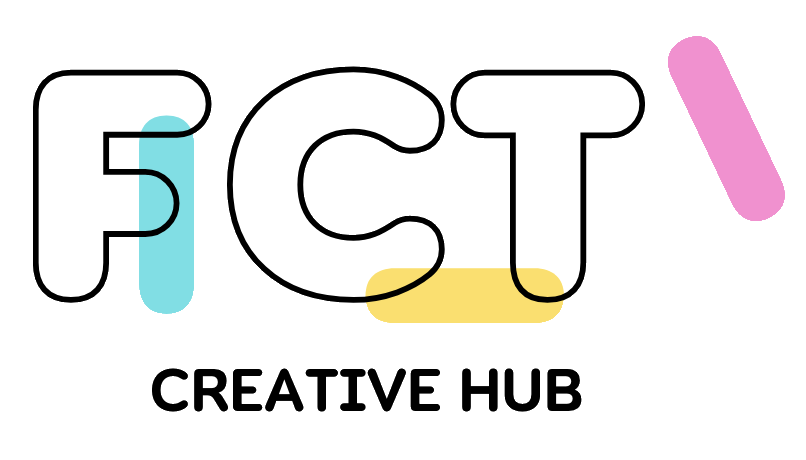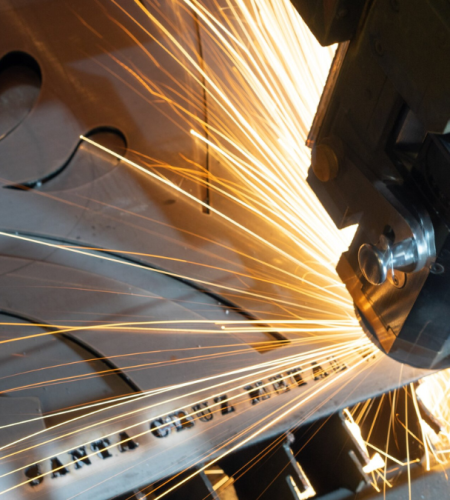Laser cutting is widely used in modern manufacturing and fabrication, offering a precise and efficient way to cut through metal and other materials. Whether you’re working on industrial parts, architectural panels, or custom components, understanding how laser cutting works—and where it fits into the broader process of metal fabrication—can help you plan your project more effectively.
What Is Laser Cutting?
Laser cutting is a non-contact process that uses a focused beam of light to cut or engrave materials. In metal fabrication, this usually involves fibre lasers, which are well-suited to cutting through stainless steel, mild steel, and aluminium with high accuracy. The laser melts or vaporises the material at the point of contact, allowing for clean edges and intricate shapes.
One of the reasons laser cutting is so popular is because of its precision. It’s capable of producing detailed cuts with minimal material waste, making it ideal for projects where accuracy is essential. It’s also relatively fast, which can help reduce lead times in production.
How Laser Cutting Fits Into Metal Fabrication
Laser cutting is often one of the first steps in a metal fabrication project. Once parts are cut to shape, they may go through additional processes such as bending, welding, grinding, or coating. Because laser-cut parts are highly accurate, they tend to speed up the rest of the workflow—reducing the need for manual corrections or adjustments later on.
Fabricators use laser cutting for everything from brackets and panels to frames, signage, enclosures, and machine parts. The method is well-suited to both one-off jobs and large production runs, depending on the setup.
Benefits of Using Laser Cutting in Your Project
There are several reasons why laser cutting is preferred over traditional cutting methods:
- Precision: Capable of cutting complex designs and fine detail, even on small parts.
- Clean finish: Produces smooth edges that often require little to no post-processing.
- Speed and efficiency: Ideal for high-volume or time-sensitive projects.
- Material versatility: Can be used on different metals and thicknesses, depending on the laser used.
Laser cutting also reduces material waste by allowing parts to be tightly nested on a sheet, which is particularly important when working with expensive materials.
Why Local Services Matter
When planning a fabrication job, proximity can be an important factor—especially for projects with tight timelines or ongoing changes. If you’ve been searching online for laser cutting services near me, it’s likely because local access means easier communication, faster turnaround, and fewer delays in collection or delivery.
Working with a nearby service can also make it easier to review samples, discuss drawings in person, or make adjustments to a design without waiting days for a response.
Questions to Ask Before Getting Started
If you’re planning to approach a laser cutting or metal fabrication service, having a few key details ready will help:
- What material do you need cut, and in what thickness?
- Do you have a digital drawing file (e.g., a DXF or DWG file)?
- Will the part require further fabrication—like bending or welding?
- How many units do you need, and by when?
Answering these questions in advance will make your first conversation more productive and help the provider understand exactly what you need.
Final Thoughts
Laser cutting is a fast, accurate, and reliable way to cut metal parts for a wide range of applications. Whether you’re a business looking for ongoing fabrication support or an individual with a custom project, it’s useful to understand how laser cutting fits into the broader process and what to expect.
For those trying to find a reliable and accessible option, looking for a local provider makes sense—especially when timelines and communication matter. Just remember to check the provider’s capabilities, lead times, and whether they offer any additional fabrication services that could streamline your project from start to finish.

